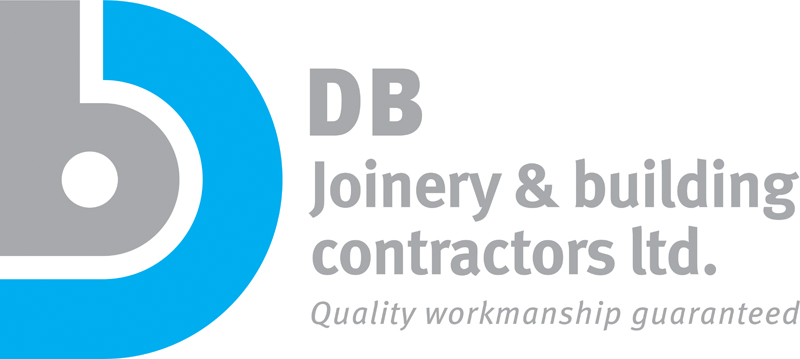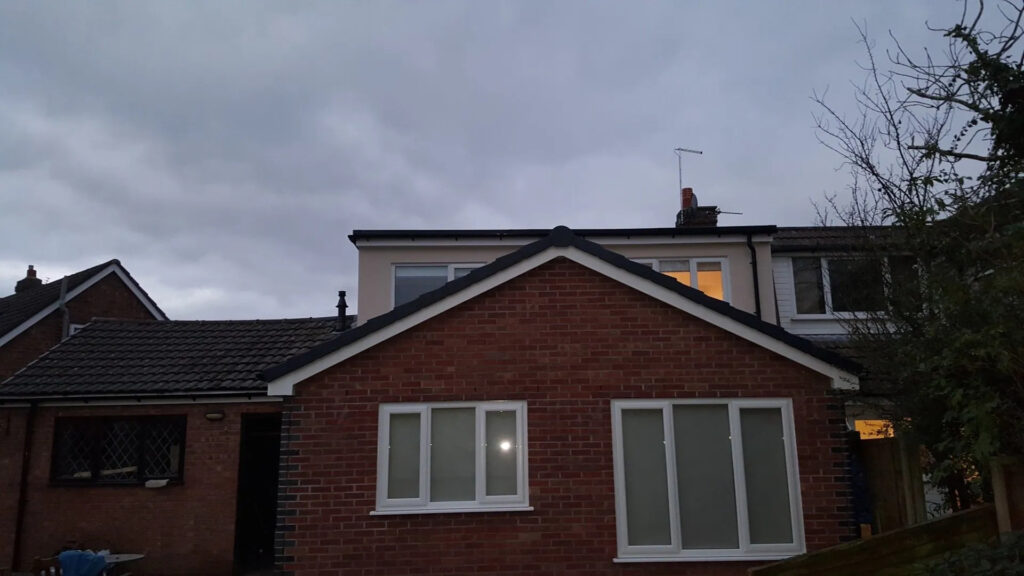When building a new home extension there are a wide range of considerations to take into account. From the materials, shape and size of the extension to the roof options, a home extension can be customised in a number of ways. Choosing between a flat or pitched roof for a home extension is one of the most important decisions. But how can you be sure to make the right decision? And what should you bear in mind?
What are the important considerations when choosing between a flat or pitched roof for a home extension?
There are a number of different factors to consider when it comes to choosing the style of roof for your home extension. These include:
- Aesthetic design
- Functionality and practicality
- Cost
- Local environment
- Regulations and planning permission
Aesthetic design considerations for flat or pitched home extension roofs
One of the first things to consider when choosing between a flat or pitched roof is the aesthetics. Each roof type has its own visual appeal and visual benefits, and you may also want to match the roof type to the rest of your property for visual cohesion.
In general, a flat roof tends to have a modern, minimalist appearance, with clean lines and a sleek look, which can complement contemporary architectural styles. In addition, a flat roof can provide a clean, unobtrusive profile that doesn’t dominate the overall appearance of your home.
On the other hand, a pitched roof typically offers a more traditional and timeless look. It can be a good choice if you want your home extension to seamlessly blend with the existing structure. Pitched roofs are often associated with classic or rustic designs and can enhance the overall curb appeal of your property.
Functionality considerations for home extension roofing
Functionality is another important factor to consider when deciding between a flat or pitched roof. You will need to consider how you intend to use the space beneath the roof or on top of the roof.
Flat roofs are versatile and can be used for various purposes, such as creating a rooftop garden, outdoor lounge, or solar panel installation. They are also easier to access for maintenance and repairs.
Pitched roofs, on the other hand, are suitable for creating attic spaces, which can be used for storage or even as an additional room in your home.
Cost considerations when choosing flat or pitched roofs for home extensions
Cost is a significant consideration in any construction project, and the roofing for your home extension is no different.
Flat roofs tend to be more cost-effective in terms of initial construction costs. The materials required for a flat roof are generally less expensive, and the construction process is simpler and quicker. However, it’s essential to note that flat roofs may require more maintenance over time, which can increase long-term costs.
Pitched roofs, while more expensive to build initially, often have a longer lifespan and require less maintenance. The durable materials and better water drainage can result in lower maintenance and repair expenses in the long run. Therefore, it’s essential to balance the initial cost with the expected maintenance costs when making your decision.
Regulations and planning permissions
Before making a final decision, it’s essential to check local building regulations and planning permissions. Some areas may have specific guidelines and restrictions on roof types and designs. It’s important to ensure that your chosen roof type complies with these regulations to avoid any legal issues or delays in your home extension project.
Here at D B Joinery and Building Services we offer a range of high quality services for all manner of joinery and building projects, across Preston and with wider Lancashire region, including Lytham and Fulwood. This includes creating outstanding home extensions. Why not get in touch today to find out more?

